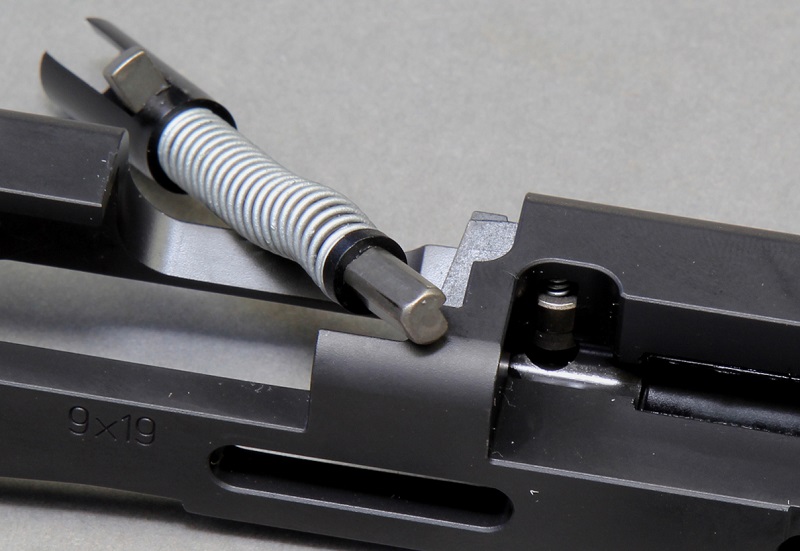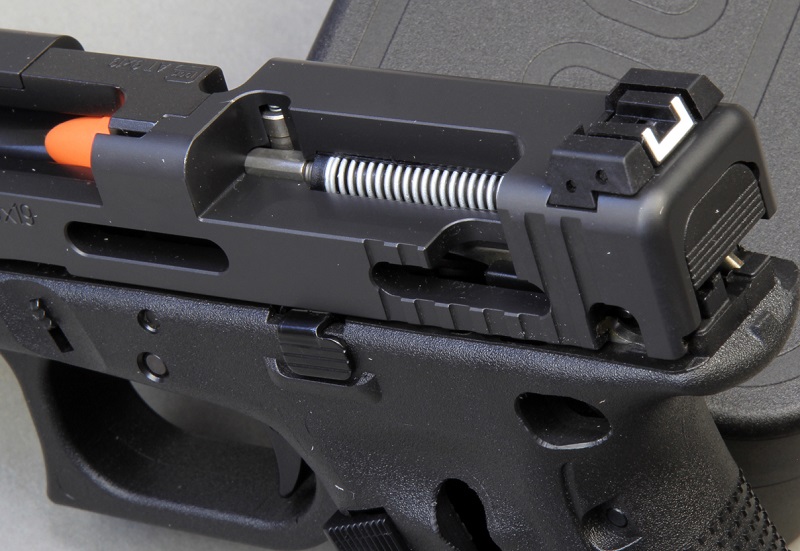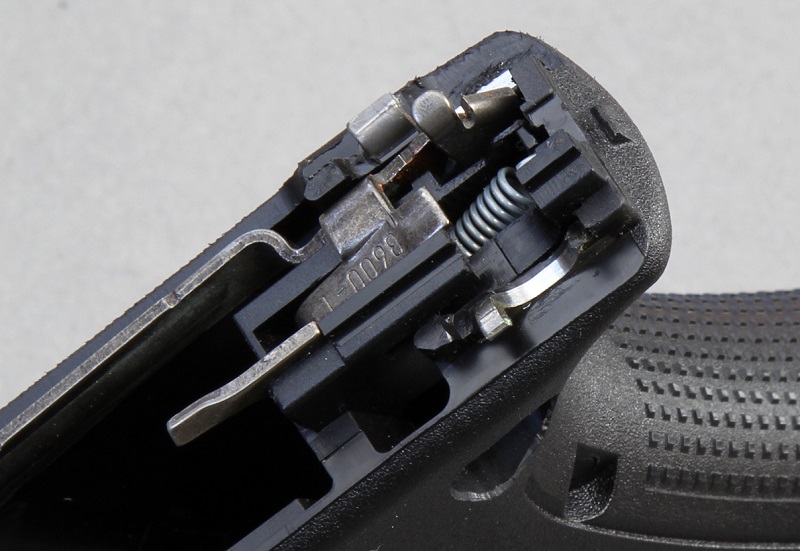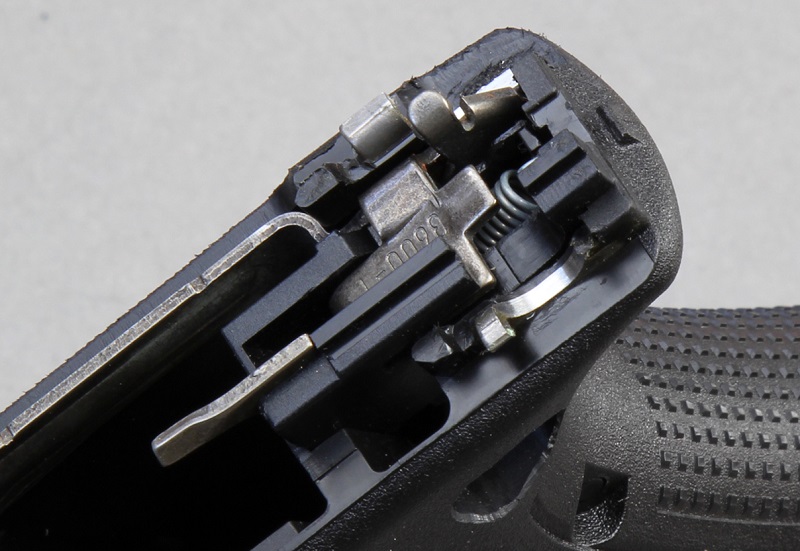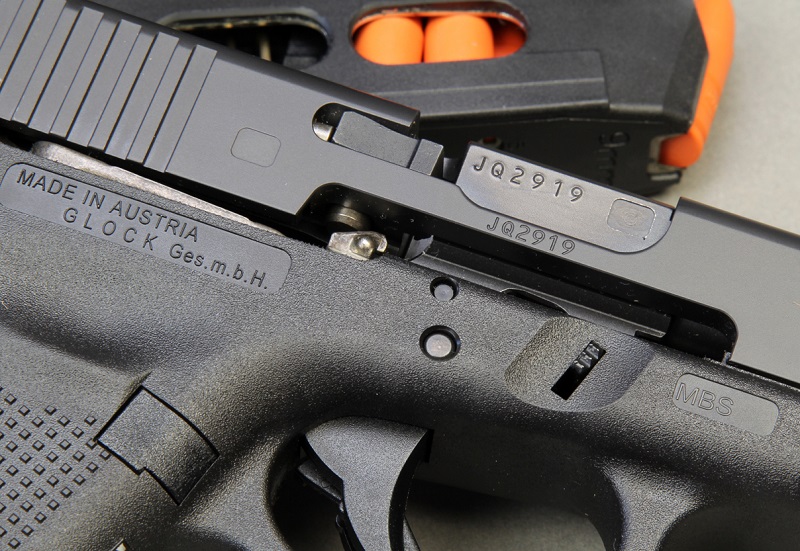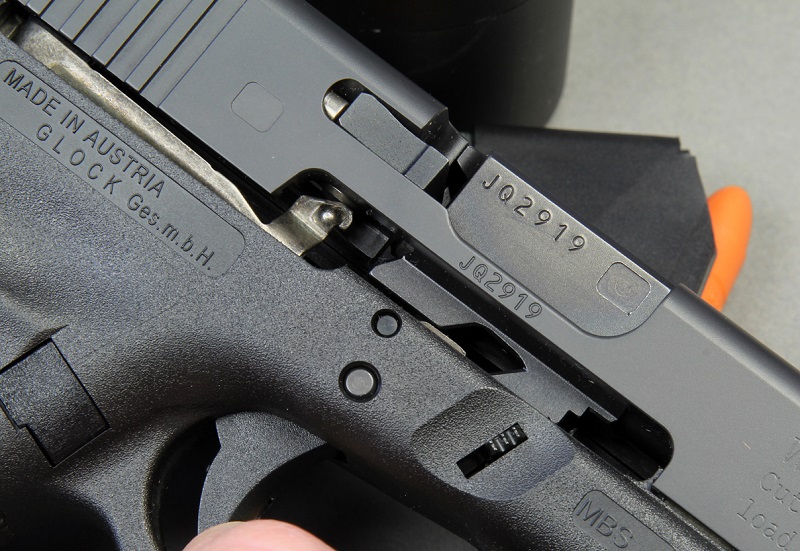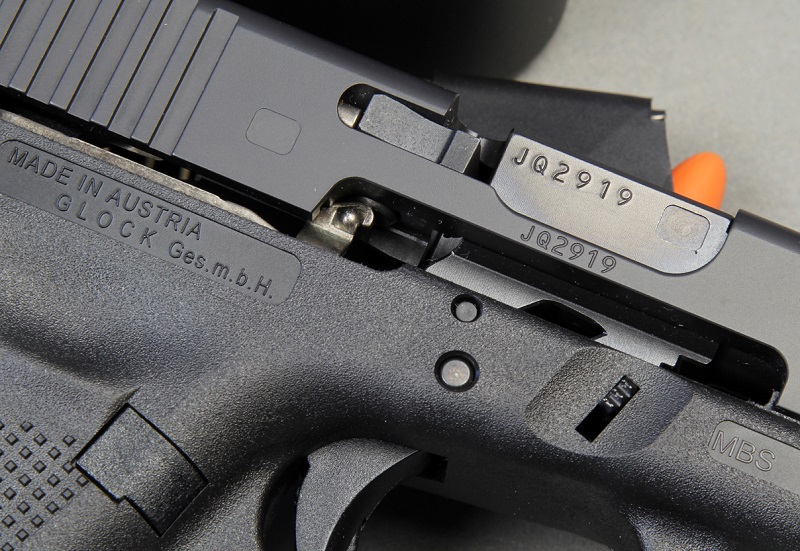Get the weekly SPARTANAT newsletter.
Your bonus: the free E-Book from SPARTANAT.
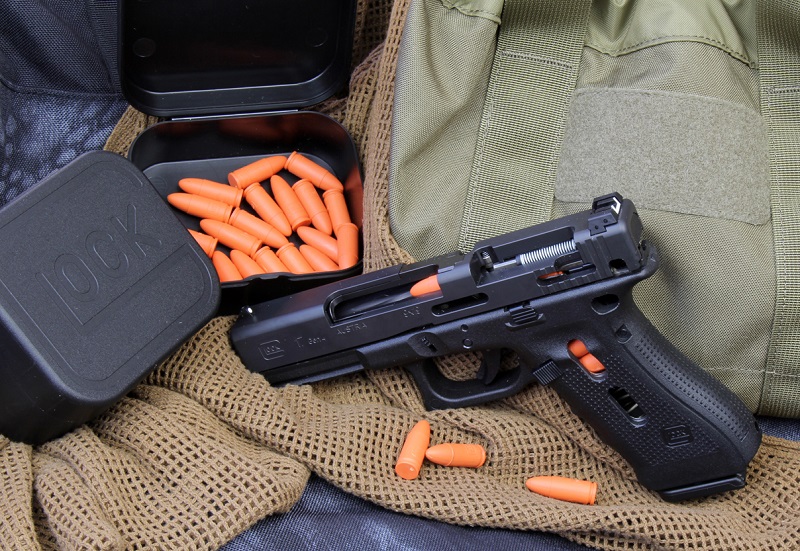
Whether it is an internal combustion engine, a passenger steamer, or other complex or less complex items; cutaway models have a special appeal, as they provide a glimpse at otherwise hidden details. In training and further education, these cutaway models regularly contribute to a better understanding of functional relationships. The gun manufacturer Glock offers various cutaway models. Collectors or other interested parties who then eagerly reach for the order phone will be disappointed: The cutaway models are only distributed to authorities. Henning Hoffman from Akademie 0/500 takes heart and still shows you how a Glock functions with the cutaway model:
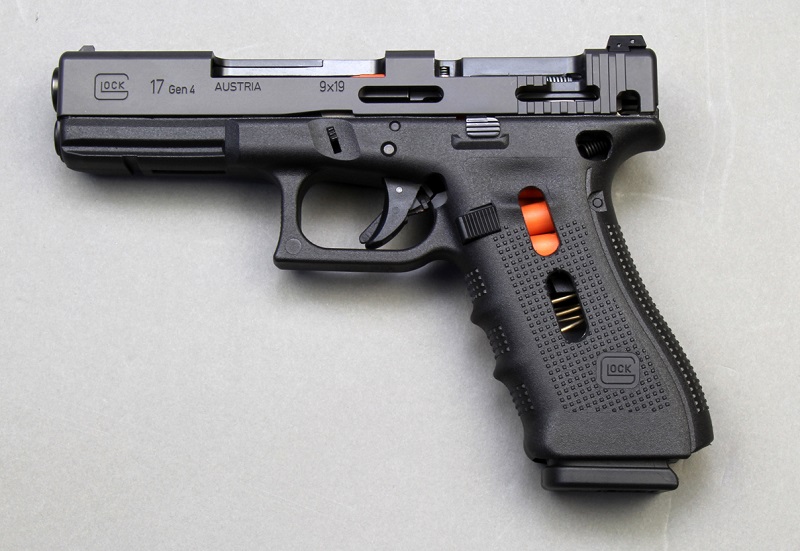 Legally, the cutaway model of a Glock is treated as a firearm. The frame is fully functional and thus an essential part of the gun according to firearms law. The importer RUAG Ammotec lists the cutaway model in its entirety in the firearms logbook. Therefore, it is fully subject to registration. Reselling to the civilian market is prohibited. The end customer is obligated to this upon acquisition.
Legally, the cutaway model of a Glock is treated as a firearm. The frame is fully functional and thus an essential part of the gun according to firearms law. The importer RUAG Ammotec lists the cutaway model in its entirety in the firearms logbook. Therefore, it is fully subject to registration. Reselling to the civilian market is prohibited. The end customer is obligated to this upon acquisition.
 The cutaway models have their own numbering sequence. Currently with the letters JQ. Each Glock cutaway model is custom-made from a Glock pistol. Consequently, all individual parts are compatible and interchangeable with live firearms of the same model. Live rounds are also fed into the cutaway model just like in a normal Glock.
The cutaway models have their own numbering sequence. Currently with the letters JQ. Each Glock cutaway model is custom-made from a Glock pistol. Consequently, all individual parts are compatible and interchangeable with live firearms of the same model. Live rounds are also fed into the cutaway model just like in a normal Glock.
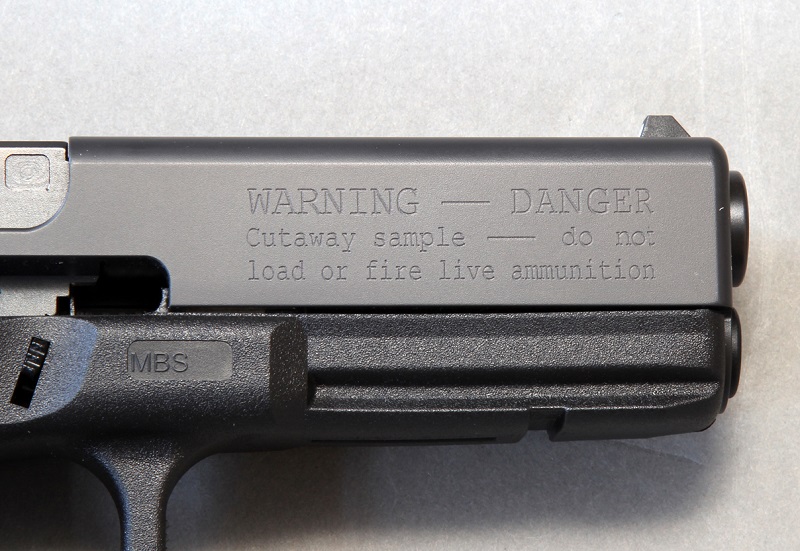 The manufacturer explicitly warns against performing certain actions; however, the cutaway model does not have separate safety measures in the form of over- or undersize.
The manufacturer explicitly warns against performing certain actions; however, the cutaway model does not have separate safety measures in the form of over- or undersize.
Only the firing pin is modified and comes without a firing tip. The presented cutaway model belongs to the Gen. 4. It still has the locking block safety pin and a trigger spring that is tensioned upon pulling.
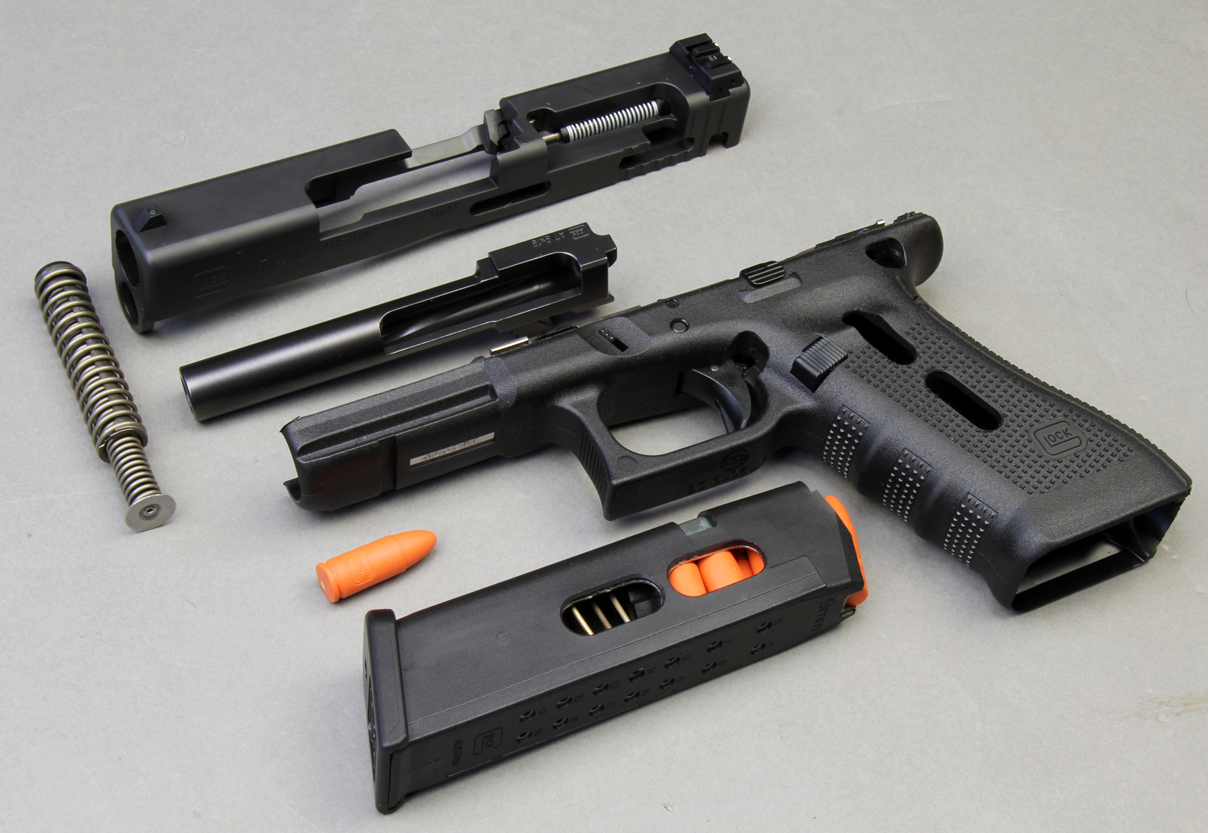 In fact, the learning effect that this cutaway model allows in a workshop course is exceptional. Especially the functioning of the three independently operating safeties and the interaction of the springs in a Glock can be observed through the viewing windows.
In fact, the learning effect that this cutaway model allows in a workshop course is exceptional. Especially the functioning of the three independently operating safeties and the interaction of the springs in a Glock can be observed through the viewing windows.
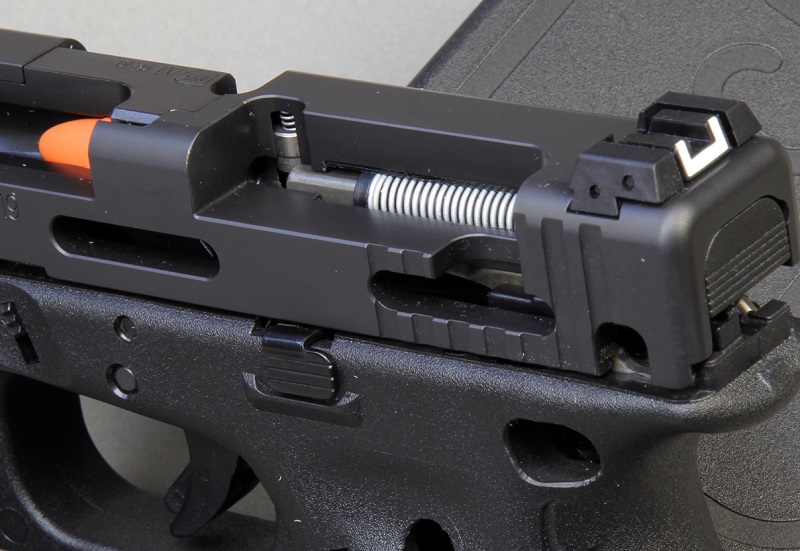
Ready to fire: Partially tensioned firing pin spring. Firing pin safety activated (normal carrying condition)
"I dry fire my weapon to relax the springs," is one of the most persistent myths in the firearms scene and it is fundamentally nonsense in several ways. In general, springs do not fatigue under constant tension, but through use. Since all modern firearms were designed to always be ready to fire, all installed springs serve this purpose. The user does not do his weapon any "favor" by "dry firing" it. This action does not extend the life of the firearm or any spring by the smallest unit.
However, when it comes to Glock pistols, the firing pin spring and the trigger spring are often mentioned as needing to be relaxed. But looking at the cutaway model reveals a different situation.
Glock pistols have a partially cocked trigger system. The firing pin spring is always under pressure, regardless of the gun's condition. Relief of the firing pin spring is only possible if it were to be removed from the firing pin assembly. Not by "dry firing" the weapon.
Until Gen. 4, Glock pistols have a trigger spring that is always under tension. This tension reaches its maximum during the cocking process. Even after "dry firing," the trigger spring is not fully relieved.
Optionally, the trigger spring could always be replaced with the so-called New York trigger. The spring in a New York trigger experiences compression rather than tension, drastically reducing the risk of the spring breaking.
A spring that is often overlooked when considering "relaxing springs" is the firing pin safety spring. This spring is almost always unloaded in its normal state, activating the firing pin safety.
Only during the cocking process is the firing pin safety deactivated by the nose on the trigger bar being pressed upward and thus disabled. The spring is then put under compression.
After the shot, the spring relaxes again as the firing pin safety is activated. Unless, as
SPARTANAT is the online magazine for Military News, Tactical Life, Gear & Reviews.
Send us your news: [email protected]
Ad
similar
Get the weekly SPARTANAT newsletter.
Your bonus: the free E-Book from SPARTANAT.


